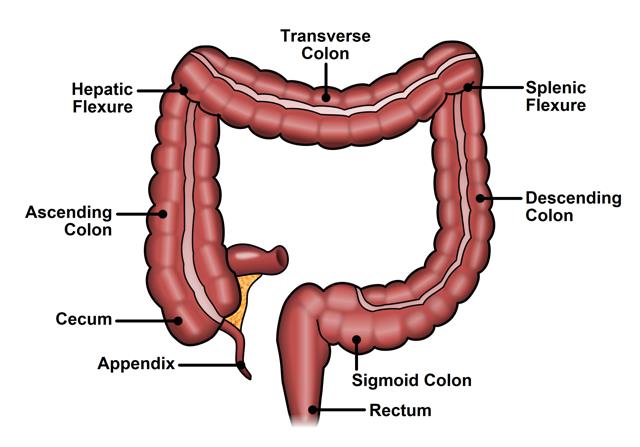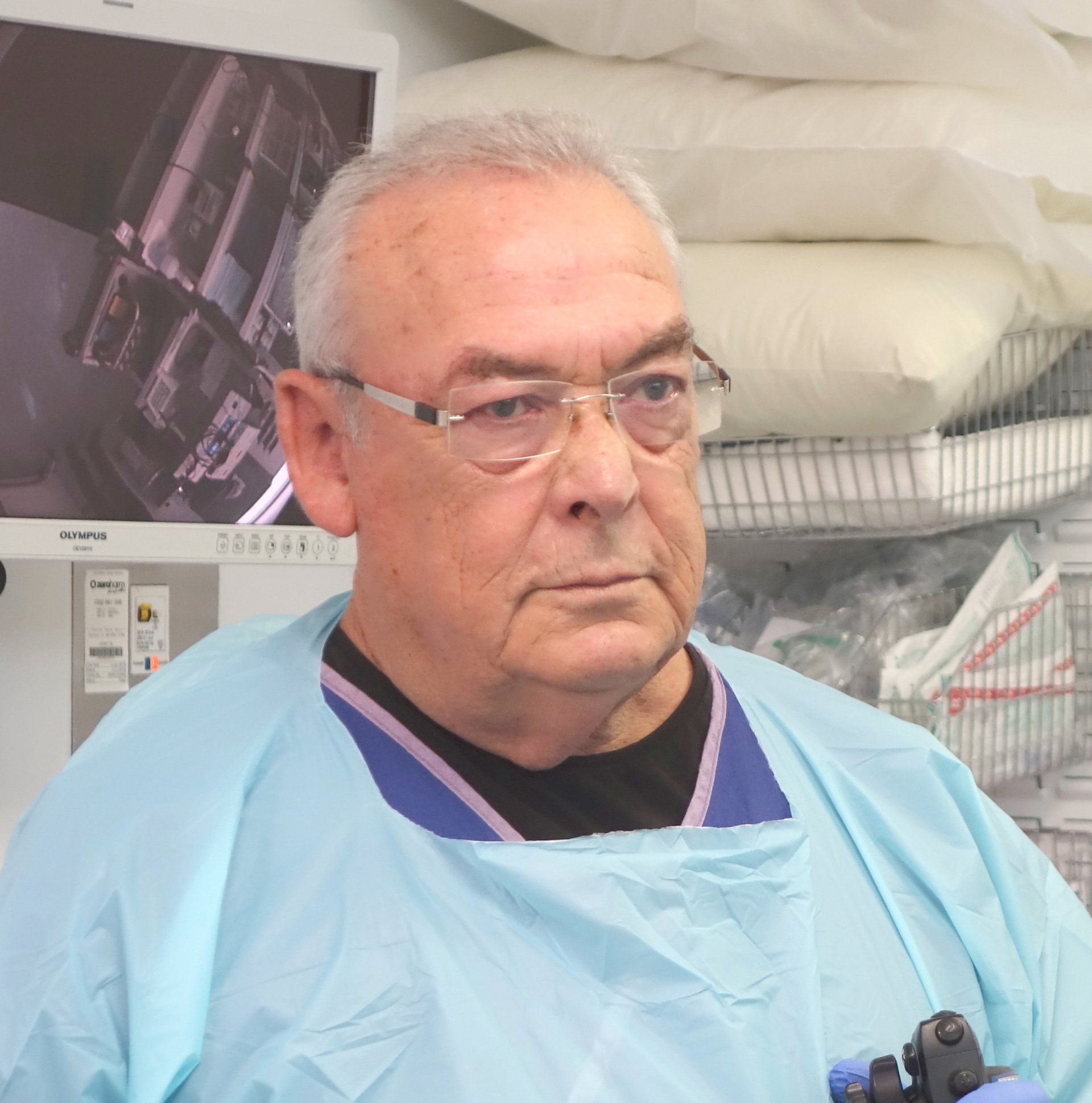Sigmoidoscopy
What Is a Sigmoidoscopy?
Sigmoidoscopy is a minimally invasive medical procedure which helps to examine the large intestine from the rectum.
The procedure examines the sigmoid colon with the help of a flexible, long, and narrow tube called bowel scope. This device has a light and a camera and allows the doctor to examine the patient for:
- ulcers,
- polyps,
- abnormal cells and
- cancer.
Sigmoidoscopy is of two types; flexible sigmoidoscopy, which uses a flexible endoscope, and rigid sigmoidoscopy, which uses a rigid endoscope.
What Are the Benefits of a Sigmoidoscopy?
This procedure has certain benefits which are unique. A Sigmoidoscopy procedure can be:
- Quickly performed with very few associated complications,
- Easily conducted without the use of sedation,
- Effortlessly performed in the office by primary care doctors with a minimal amount of discomfort,
- Detect and remove polyps before they turn cancerous,
- Low cost when compared to a colonoscopy and it is mostly covered by health insurance,
- Less invasive cleansing of the colon is required, compared to a colonoscopy, and
- It is suggested that sigmoidoscopy leads to a decrease in colorectal cancer incidences.
Preparation for a Sigmoidoscopy
In order to prepare before surgery, it is essential to follow the instructions given by the doctor before the procedure.
- One Day Before Your Sigmoidoscopy:
a liquid diet such as fat-free broth, plain tea, black coffee, gelatin or fruit juice, are advised.
- On the Night Before or Day of Your Sigmoidoscopy: as it is essential for the lower colon to be empty for examination, therefore an enema or strong laxative is given.
Furthermore, it is essential to inform the health care team about any medications or drug allergies, as certain medications such as aspirin or other blood thinners can increase the risk of bleeding.
A consent form is also to be provided and explained in detail regarding the benefits and risks of the procedure.
Steps During a Sigmoidoscopy
Sigmoidoscopy is a procedure which mostly takes about 15 to 20 minutes.
In preparation for the procedure, the patient is asked to remove clothing and change into a hospital gown. Next, the doctor will ask you to lie on an examination table on the left side, followed by these steps of procedure:
- A digital rectal exam by a doctor to check the presence of any physical abnormality in the anus or the rectum
- Insertion of a thin, lubricated, flexible tube called a sigmoid scope into the rectum. A minute camera and light are attached on the end of the tube so images can be sent onto a monitor for the doctor to observe.
- The sigmoid scope blows air into the colon to inflate so it can easily be examined. This is usually followed by a feeling of bloating.
- During the procedure, with the help of the tool attached to the end of the sigmoid scope if the doctor finds a polyp, he or she will either remove a piece of tissue or the entire polyp. Next, the tissue sample is sent to a laboratory where a pathologist examines to determine whether it is cancerous or not.
- On the completion of the procedure, the doctor gently removes the scope from the colon and anus.
Immediately After Your Sigmoidoscopy
The patient can return to normal activities as even though the procedure might cause a little discomfort but it is generally not painful, therefore it does not require sedation every time and the patient can easily drive to and from the procedure themselves.
In case a sedative is provided by the doctor to avoid anxiety, a little grogginess can be experienced after the procedure.
Recovery After Sigmoidoscopy Procedure
During the first hour after completion of the procedure, it is likely to feel a little cramping or bloating. Therefore, in order to relieve oneself from gas, it is advised to walk if it is not that painful or lie on the side in a fetal position.
Bleeding and puncture of the large intestine are possible but rare complications, and it is essential to cautiously read and follow the discharge instructions.
Care Plan After a Sigmoidoscopy
Other than the usual bloating or cramping, the following side effects are highly unlikely but can occur,
- Severe pain in the abdomen
- Fever
- Bloody bowel movements
- Dizziness
- Tiredness
The doctor should be contacted immediately if patients develop any of these side effects.
Furthermore, the results of any biopsies can be discussed with the doctor once they are available and in the case of a positive result, further testing or repetition of the procedure might be advised.
Dr Donald Walker
Write your caption hereMore
Dr Johan Van Den Bogaerde
Write your caption hereMore
Trusted for more than 25 Years
PANCREAS & BILIARY
Digestion Problems - Dyspepsia










